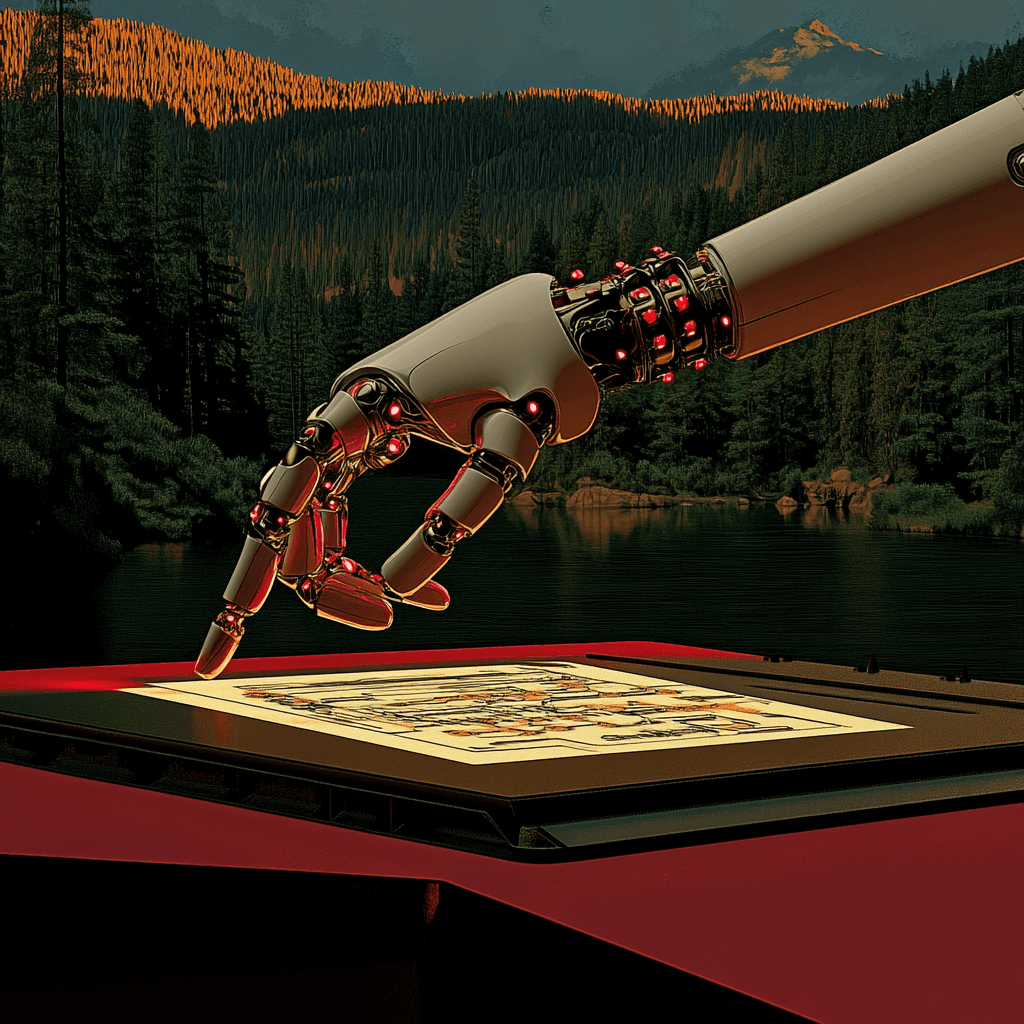
Back to blog
AI-Powered Tech Stack Planning: Create Stunning Diagrams
Introduction
In today's fast-paced tech world, choosing the right tools for your project can make or break your success. But with countless options available, how do you ensure you're making the best choices? Enter the game-changer: AI-powered tech stack planning. In this guide, we'll show you how to harness the power of AI tools like Claude and ChatGPT to create stunning, effective tech stack diagrams that will revolutionize your development process.
Why Use AI for Tech Stack Planning?
Before we dive into the how-to, let's explore why AI is your new secret weapon in tech stack planning:
Vast Knowledge Base: AI models are trained on massive amounts of data, giving them insights into the latest tools and best practices.
Unbiased Recommendations: AI doesn't have personal preferences or vendor relationships, ensuring objective suggestions.
Quick Iterations: Rapidly experiment with different configurations without time-consuming manual research.
Customized Solutions: Tailor recommendations to your specific project needs and constraints.
Step-by-Step Guide: Creating Your AI-Powered Tech Stack Diagram
Step 1: Define Your Project Requirements
Before engaging with AI, clearly outline your project's:
Goals and objectives
Scale and expected growth
Budget constraints
Team expertise
Integration requirements
Step 2: Choose Your AI Assistant
While both Claude and ChatGPT are powerful options, each has its strengths. Here's a quick comparison:
FeatureClaudeChatGPTSpecializationMore focused on technical tasksBroader knowledge baseVisual OutputCan generate diagramsText-based responsesCustomizationHighly adaptable to specific inputsGood at following prompts
For this guide, we'll use Claude as our AI assistant.
Step 3: Craft Your AI Prompt
To get the best results, structure your prompt clearly. Here's a template:
CopyCreate a tech stack diagram for a [type of project] with the following requirements: - [List your requirements from Step 1] - [Any existing tools you want to include] Please suggest appropriate tools for each layer of the stack, including: 1. Frontend 2. Backend 3. Database 4. DevOps 5. Analytics 6. Security For each suggestion, provide a brief explanation of why it's suitable for this project.
Step 4: Analyze and Refine
Review the AI's suggestions and ask follow-up questions to refine the stack. For example:
"Can you suggest alternatives to [tool] that might be more cost-effective?"
"How would this stack need to change to support [additional feature]?"
"What are the potential challenges of implementing this stack?"
Step 5: Visualize Your Tech Stack
While Claude can provide text-based descriptions, you may want to create a visual diagram. Use the AI's output to create a diagram using tools like:
Lucidchart
Draw.io
Miro
Pro Tip: You can even ask Claude to generate a mermaid.js diagram code for you!
Real-World Example: HealthTech Startup "VitalTrack"
Let's see how a fictional health tech startup, VitalTrack, used this AI-powered approach to plan their tech stack.
VitalTrack's Requirements:
Building a mobile app for real-time health monitoring
Need to handle sensitive user data securely
Scalability for up to 1 million users
Integration with various wearable devices
Real-time data processing and alerts
Compliance with HIPAA regulations
AI-Generated Tech Stack Diagram
Here's the mermaid.js code generated by Claude for VitalTrack's tech stack:
mermaidCopygraph TD A[User] --> B[Frontend - React Native] B --> C[Backend - Node.js with Express] C --> D[Database - MongoDB Atlas] C --> E[Real-time Processing - Apache Kafka] E --> F[Analytics - Elasticsearch] G[DevOps - Docker & Kubernetes] H[Security - Auth0 & AWS KMS] I[Monitoring - Prometheus & Grafana] J[CI/CD - Jenkins]
Explanation of the Stack:
Frontend: React Native
Cross-platform development for iOS and Android
Large community and extensive libraries for health-related UIs
Backend: Node.js with Express
Excellent for handling real-time data streams
Scalable and efficient for large numbers of concurrent connections
Database: MongoDB Atlas
Flexible schema for diverse health data types
Built-in sharding for scalability
Real-time Processing: Apache Kafka
Handles high-throughput data streams from wearables
Enables real-time alerts and data processing
Analytics: Elasticsearch
Fast querying for large datasets
Powerful aggregations for health insights
DevOps: Docker & Kubernetes
Containerization for consistent deployments
Auto-scaling to handle user growth
Security: Auth0 & AWS KMS
Robust authentication and authorization
Encryption key management for HIPAA compliance
Monitoring: Prometheus & Grafana
Real-time system monitoring
Customizable dashboards for health metrics
CI/CD: Jenkins
Automated testing and deployment
Ensures consistent quality and rapid iterations
Conclusion
By leveraging AI tools like Claude or ChatGPT, you can create comprehensive, tailored tech stack diagrams that set your projects up for success. This approach combines the vast knowledge of AI with your specific project requirements, resulting in optimized technology choices and clearer visualization of your system architecture.
Ready to revolutionize your tech stack planning? Visit www.usevox.com to learn how VOX One Studio can help you implement AI-powered solutions and take your development process to the next level!


